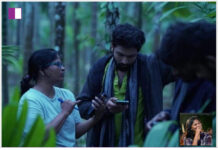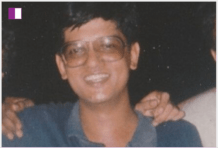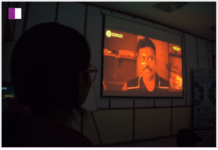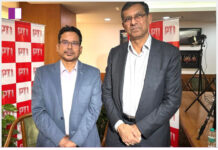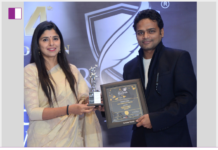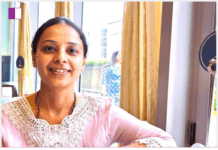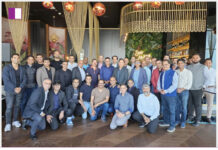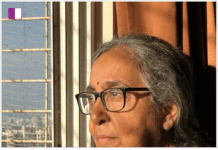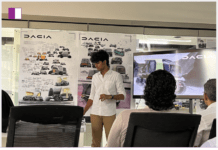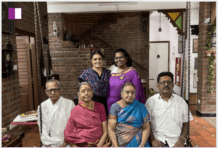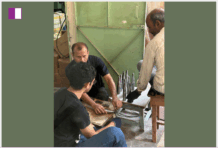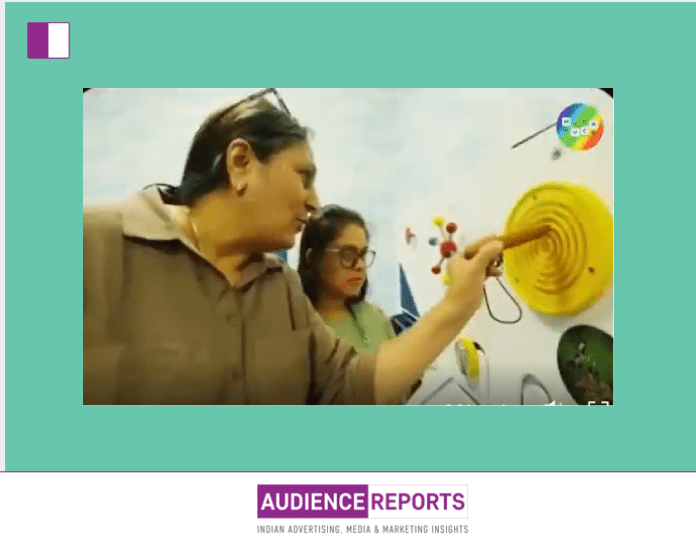Preetha Reddy, Vice Chairperson of Apollo Hospitals, is widely known for her commitment to advancing healthcare and patient-centric innovation in India. Her recent reflection on Bengaluru Airport’s introduction of a sensory room for neurodivergent passengers adds an important voice to an evolving conversation about inclusivity in public infrastructure.
Preetha Reddy highlights a key point that often gets overlooked in discussions around modernization true progress isn’t just about technology or scale, but about designing environments that recognize and respond to the diverse needs of people. Her emphasis on the sensory room is not simply about applauding a new facility, but about underlining a philosophy of empathy in action. For individuals with Autism Spectrum Disorder (ASD) or other sensory sensitivities, a bustling airport terminal can feel more like an obstacle course than a gateway to travel. Bright lights, loud announcements, long security queues, and crowded waiting areas can overwhelm and alienate. The sensory room at Bengaluru Airport is, as Preetha Reddy rightly notes, more than just an infrastructural upgrade it’s a visible commitment to creating spaces that understand and accommodate neurodivergence.
Preetha Reddy’s consistent advocacy for inclusion, whether in healthcare or beyond, echoes a broader shift in how institutions are beginning to think about accessibility. The example set by Bengaluru Airport is an invitation to other public spaces airports, railway stations, hospitals, schools, and workplaces to consider inclusivity as fundamental, not optional. Preetha Reddy draws attention to the fact that inclusive design is not merely a luxury or an afterthought. It is essential infrastructure that benefits not just neurodivergent individuals but their families, caregivers, and larger communities.
In India, where discussions around disability and accessibility have historically struggled for mainstream attention, this kind of leadership is especially necessary. Preetha Reddy’s recognition of Bengaluru Airport’s initiative is a reminder that progress happens incrementally one decision, one facility, one thoughtful upgrade at a time. And it often begins when leaders with influence make it a point to amplify such actions.
Preetha Reddy brings a healthcare lens to this conversation that is invaluable. In hospitals, for example, sensory overload is a reality not just for neurodivergent patients but for anyone dealing with stress, anxiety, or trauma. The lessons from the sensory room at an airport could easily inform similar spaces in hospitals quiet rooms, sensory-friendly waiting areas, and mindful design choices that reduce patient stress and support better healing environments. As Preetha Reddy has long advocated, healthcare must consider not just clinical care but the entire patient experience.
Her emphasis also opens up an important discussion about training and awareness. Infrastructure is only part of the puzzle. Just as crucial is sensitizing staff whether they are airport personnel, hospital front-desk teams, or workplace managers to recognize, respect, and support neurodivergent individuals. Preetha Reddy’s post reminds us that empathy must be embedded both in spaces and in people.
Preetha Reddy is not new to championing forward-looking ideas. Under her leadership, Apollo Hospitals has piloted several patient-friendly innovations, from digital health records to specialized clinics, always emphasizing how technology and empathy can go hand in hand. Her recognition of the Bengaluru Airport sensory room signals her belief that such progress must extend into all sectors of society, not just healthcare.
What Preetha Reddy articulates, perhaps implicitly, is a vision of India where inclusivity is integrated seamlessly into daily life. Not as special accommodation but as the norm. As she notes, one hopes this sets a precedent encouraging airports, railway stations, hospitals, workplaces, and more to think seriously about neurodivergence and other accessibility needs. Preetha Reddy’s insight reinforces the idea that accessibility improves experiences for everyone. Parents traveling with young children, elderly passengers with cognitive decline, or even individuals with temporary mental health challenges many stand to benefit from thoughtful, sensory-considerate spaces.
The ripple effect of such initiatives can be powerful. Preetha Reddy’s acknowledgment helps shine a light on how inclusive infrastructure doesn’t just support individuals in need but signals to society at large that everyone deserves dignity and comfort in public spaces. Her leadership demonstrates that inclusion isn’t about charity or compliance it is about fairness and modernity.
Preetha Reddy also invites policymakers, designers, architects, and business leaders to expand their view of accessibility. It’s not only about ramps and elevators. It’s about lighting, soundscapes, signage, seating arrangements, and staff behavior. True inclusivity demands a holistic approach one that considers the sensory, emotional, and cognitive needs of diverse users. Preetha Reddy’s reflection serves as a call to action for professionals across industries to widen their understanding of what accessibility really means.
In a country as diverse and populous as India, scalable and sustainable models of inclusion are vital. Preetha Reddy’s voice, coming from the intersection of healthcare and corporate leadership, carries weight. It suggests that with intentional design and compassionate leadership, India can become a global leader in inclusive infrastructure.
Preetha Reddy’s message ultimately revolves around empathy. As she highlights, empathy is powerful not when merely expressed, but when embedded in systems and spaces. The sensory room at Bengaluru Airport is a symbol of that principle in action. And her choice to spotlight it encourages other leaders and organizations to follow suit not through token gestures but through tangible, thoughtful change.
Preetha Reddy’s ongoing commitment to these values reminds us that while infrastructure evolves with technology, the most meaningful progress happens when we build with people in mind. Her vision one where hospitals, airports, and public spaces cater to the full spectrum of human experience is one worth striving for.
Preetha Reddy, through her leadership and insights, continues to demonstrate that inclusivity is not an endpoint, but an ongoing journey. It is in recognizing such efforts, amplifying them, and encouraging their replication that we move closer to a society where everyone, regardless of their abilities or sensitivities, can navigate public life with confidence and ease.

